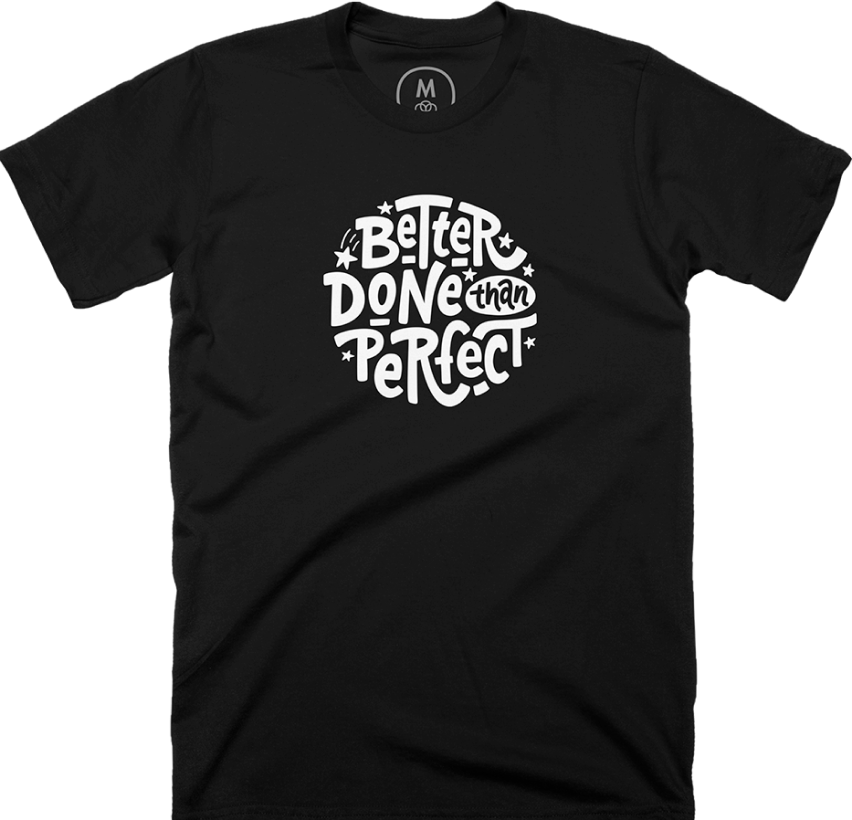Sarah’s entire 16-year career has been in SaaS, playing various roles in sales, marketing, business development, and partnerships.
She had her own startup at one point and then became one of Unbounce’s early employees, serving as their head of business development and partner marketing. Sarah then transferred to Campaign Monitor to become their director of partnerships.
Sarah then worked for Shopify, where she led the global field marketing team for Shopify Plus. After two years, she then found her way to Recurly and is currently serving as their director of product marketing.
Recurly is a subscription management software and recurring billing platform for medium to enterprise-sized direct to consumer brands (like Twitch, FabFitFun, and BarkBox) and B2B SaaS companies (like Unbounce, Sprout Social, and Pipedrive).
The pandemic triggered a cultural shift
Most people maintain a separate home persona and work persona. But the COVID19 pandemic forced us to rethink what is important on a personal level:
“Since the pandemic, a lot of people have had a big wake up of what really matters and are looking inward. People are going to therapy, embracing their authentic self, and working through a lot of stuff.”
There’s also been a subtle cultural shift in the business world as well. The direct to consumer (DTC) space is now starting to embrace a more human approach in marketing. However, other spaces have yet to shift:
“If we’re selling to consumers, all of a sudden, the marketing can be fun, human, there’s no jargon and the message is really clear. But the second we go to B2B, because we’re selling to a business, we need to sound corporate and ROI driven.”
Sarah believes that there needs to be a crossover between the two approaches especially that brands are saying similar things, and others are using AI-generated content:
“I really think now, more than ever, is where this human element needs to come in because we have our nuances and experiences. It’s something that makes people realize that the headline or copy was not written by a robot.
It can be impactful, clear, and you still understand what the product does but done in a different way.”
Marketing for humans
So how do you market for humans these days? It’s about authenticity and clear communication.
Here are some brands who have done it right.
Glossier
Glossier that describes itself as a “beauty brand inspired by real life”.
“They just did everything different — it looked, felt, and sounded different. Their brand was more inclusive than any beauty brand that had been in the market.
It was DTC so it was mostly sold online. Then they did these amazing popup stores that were works of art and very experiential. They had physical locations as well.”
Slack
“On the B2B side, Slack was one of the first that I can remember that was just a little more cheeky and fun. Their take was just clear and simple.”
Zoom
Back in the day, Zoom put up billboards saying “video conferencing that doesn’t suck”:
“That was so groundbreaking at the time. I remember seeing those and it was a funny and subtle hint to their competitors without having to say it.”
What makes this a great marketing slogan are:
- It resonates cleanly
- It communicates the value offered by the platform
- It grabs the audience’s attention
- It’s not over complicated
- Everyone can resonate with the experience of a bad conference call
How Recurly markets for humans
The program brief
Marketing departments live and breathe briefs and documents. At Recurly, they take things a step further by implementing their best practices within their templates. So instead of a blank copy doc, they write down all copies that they would need for a project such as:
“For example when we’re working on a webinar ebook, the title should be X characters or less.”
By limiting things like character, writers need to be clear and concise with the messaging. This also reduces the number of back and forth between the writer and editor.
Recurly also links to the voice and tone document within their templates to help writers.
Get the juices flowing with AI
While AI-generated content is still not that great, you can use it to get ideas to expand on:
“There’ll be certain words that could be good ones or I’ll kind of pick and choose things from the prompts. We all know it can be really hard to start from a blank page so AI is a good place to just get the juices flowing.”
Internal brainstorming
When decisions are made in a silo, no one gets to challenge ideas before they get pushed live on the website and other channels. Which is why Sarah encouraged that there should be more internal brainstorming around copy:
“When I’m creating the brief, I’ll message our entire marketing team in Slack and go, ‘Hey guys, I’m stuck here. I need a good title for this. Here’s the brief and here’s what I’m thinking. Here are three options. Let me know if it sucks.’ This gives people space too to call me out and tell me if this is bad or suggest other options.”
External brainstorming
Recurly also brainstorms with people outside the company (i.e. customers, prospects, and partners):
“If it’s a bigger project, something really important or something around positioning or messaging, I’ll send a message to people that I know in that space like customers, prospects I’ve met at a conference that I have built a relationship with. I’ll ask them, ‘Does this resonate? Am I super off? Let me know.’”
Sarah says that in her experience, people are really open to being part of this brainstorming process.
Spelling out acronyms
“I would say tactically avoid them. We think that there is a common industry language, but sometimes there isn’t.”
As a rule at Recurly, acronyms are always written out. They also have to say out the full term of an acronym when they’re doing oral presentations. These practices help demystify the language and reinforce the importance of being clear with your message.
Roundtables
Since the pandemic, Recurly has hosted a lot of roundtables where they invite 10-15 people who are in similar roles and industries for a closed door conversation. This event is mostly virtual but they’ve also done it in person.
“It’s not streamed anywhere and it’s never going to be live anywhere again. It’s just a great way for people to actually build those relationships and have those off the cuff human conversations.
You’re still achieving your marketing and sales goals but it’s done in a way that has a more direct impact on that person and gives them more value by helping them build their network. You’re letting them show up to the conversation and participate as well.”
And while it’s a virtual event, the roundtable is human at its core:
“You’re really just connecting with other humans and giving them an open forum to discuss challenges and ask questions.”
Recurly took the best parts of conferences and retreats with this format to adapt to the post-pandemic world:
“Nobody wants to travel to conferences anymore, but we’re missing a lot of that shared learning and those networking opportunities. So this is a great way to still facilitate that in this sort of post-pandemic world. And it’s not a huge ask because it’s an hour and a half discussion.”
How to introduce simplicity in positioning
Positioning is a challenging aspect of a business because you have to describe what your service/product does with written words.
Sarah believes that this should start at the executive level of the company because things like positioning, core values, and voice and tone are signed off at that level.
But there are also smaller ways to do this within the company. Sarah shares this simple exercise they had at Recurly:
“One of our old heads of sales would put people on the spot and ask them, ‘Describe what you do but pretend that I’m your grandma.’ This helps make sure that people are flexing that creative muscle.
This was especially useful within the sales team because they were responsible for that communication. So they had to make sure that the message was clear and they’re telling that story.”
Testing out a new voice and tone
Bring in a third party
Recurly hired a third party agency to help with the task of coming up with a new voice and tone:
“Sometimes you do have to do it externally because it’s easier versus doing it internally because there can be more politics around it or what one person wants versus another.
Bringing in an awesome third party agency has a better objective view of the industry and then they come in and advise.”
Get everyone involved in the process
To make sure that everyone was involved in the process, Recurly made decisions at the executive level, had a ton of stakeholder input, and feedback with the agency.
“Everyone felt like they had a piece in contributing to the final voice and tone.”
Validation
Once finalized, Recurly talked to their customers and prospects about the new voice and tone.
Making sure that everyone’s using the new voice and tone
Their head of brand did a road show within the company during town hall meetings and presentations.
“Cinnamon really made sure it was embedded in that way. She’s really involved in all of our campaigns, messaging, and copywriting so that she can make sure that we’re still adhering to that.”
It’s okay if it doesn’t work
If for some reason, your new voice and tone or positioning doesn’t work, don’t take it too seriously:
“I went through a big rebrand at Shopify and I feel like people don’t care as much as you think they care. It’s like worrying what people think about you when at the end of the day, everyone’s worried about themselves.”
And while it might have some weight at a publicly traded company, a rebrand or a change in voice and tone won’t cause a huge backlash.
Final advice
Do ask for input.
“Put it out on your channel across the company. Ask someone in a different team. Don’t develop things in a bubble.”
Don’t sound like everybody else.
“Try to differentiate yourself and take a bit of a risk there. It can be scary to do but remember, it’s not a life or death situation.”
Thanks for listening! If you found the episode useful, please spread the word on Twitter mentioning @userlist, or leave us a review on iTunes.


